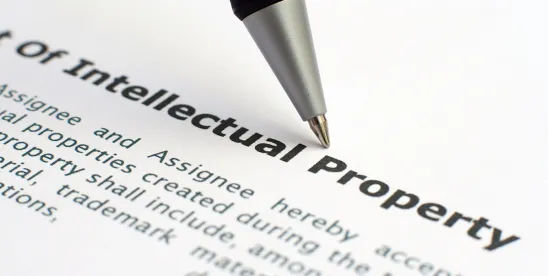The US Court of Appeals for the Tenth Circuit affirmed that a district court did not err in applying ordinary rules of contract construction to a covenant not to sue and properly found that under the patent exhaustion doctrine, the covenant encompassed downstream users. Fuel Automation Station, LLC v. Energera Inc., Case Nos. 23-1123; -1358 (10th Cir. Oct. 21, 2024) (Carson, Rossman, Federico, JJ.)
Fuel Automation Station (FAS) and Energera compete in the manufacture of automated fuel delivery equipment and related services. Energera holds patents related to its fuel delivery equipment. In 2016 and 2018, Energera sued FAS, alleging that it infringed two of its patents. The parties resolved the suits with a single settlement agreement in 2019. The agreement described the scope of the patent rights at issue and provided mutual covenants not to sue.
Less than a year later, FAS contracted with a Canadian corporation to operate its fuel automation equipment. Energera sued the Canadian corporation for infringement of one of its patents. FAS intervened, then separately sued Energera seeking a declaration that the covenant not to sue authorized FAS to sell or lease its own equipment and, therefore, the patent exhaustion doctrine prohibited Energera from suing downstream users, such as the Canadian corporation. FAS also brought two breach of contract claims asserting that Energera violated the settlement agreement and its included covenant since it was prohibited from suing the Canadian corporation for downstream use or from suing or “otherwise engag[ing]” FAS in legal proceedings.
FAS moved for summary judgment on its declaratory judgment count, which the district court granted. However, the court denied both parties’ later motions for summary judgment on the issue of whether the settlement agreement covered the asserted patent, finding that an ambiguity in the agreement created genuine issues of material fact. A jury subsequently found that the agreement did cover the asserted patent and that Energera breached the covenant. Energera appealed.
After first determining that the district court’s summary judgment ruling was an appealable legal ruling on the issue of the scope of the covenant, the Tenth Circuit found that the district court correctly interpreted the covenant to include downstream users. In the covenant, Energera promised “not to sue [FAS] or otherwise engage [FAS] in any domestic or foreign legal or administrative proceeding” related to the Patent Rights. Citing dictionary definitions of “engage” in its analysis, the Tenth Circuit found that the term “otherwise engage” reasonably could show the parties’ intent to prohibit Energera from suing FAS’s downstream users. The Court then invoked the patent exhaustion doctrine, which it called “the brooding omnipresence in the sky of patent law.” The Court explained that if a patent holder promises not to sue an entity for patent infringement when the entity sells or leases an item, “the doctrine recognizes an inherent promise not to sue downstream users of those items.” Otherwise, the Court pointed out, no reasonable customer would want to buy or lease a patented item from an authorized seller.
As to whether the settlement agreement covered the asserted patent, the Tenth Circuit again turned to dictionary definitions to support its finding that it did. All the patents at issue were part of the same patent family: the asserted patent was a foreign patent that was the priority case for the later-filed US patents that were in issue at the time of the settlement agreement. The agreement stated that the Patent Rights granted included “any foreign patent related through priority claims to the [US patents].”
Energera argued that this contractual language did not include the asserted patent, because “related through” here meant foreign patents that are later filed but claim priority to any of the US patents. Since the asserted patent, as the earliest priority filing in the patent family, was a foreign patent that did not claim priority to any of the US patents, Energera argued that it did not qualify as a “related patent” as the term was used in the agreement.
The Tenth Circuit disagreed. Turning to dictionary definitions of “relate” and “related” (“belonging to the same family”), the Court found that “related through priority claims” most reasonably meant a two-way relationship. The Court reasoned that the asserted patent was related through priority claims to the US patents, just as the US patents were reciprocally related to it. Hence, the district court (and jury) did not err in finding that the settlement agreement did not unambiguously exclude the asserted patent.
Practice Note: As the Supreme Court explained in Impression Prods. v. Lexmark Int’l (2017), the patent exhaustion doctrine restricts a patent holder’s right to control downstream use of a patented item when purchased from an authorized seller. The doctrine applies unless the parties have expressly contracted away downstream product exhaustion and applies regardless of whether the patent holder promises not to sue downstream users.



 />i
/>i

